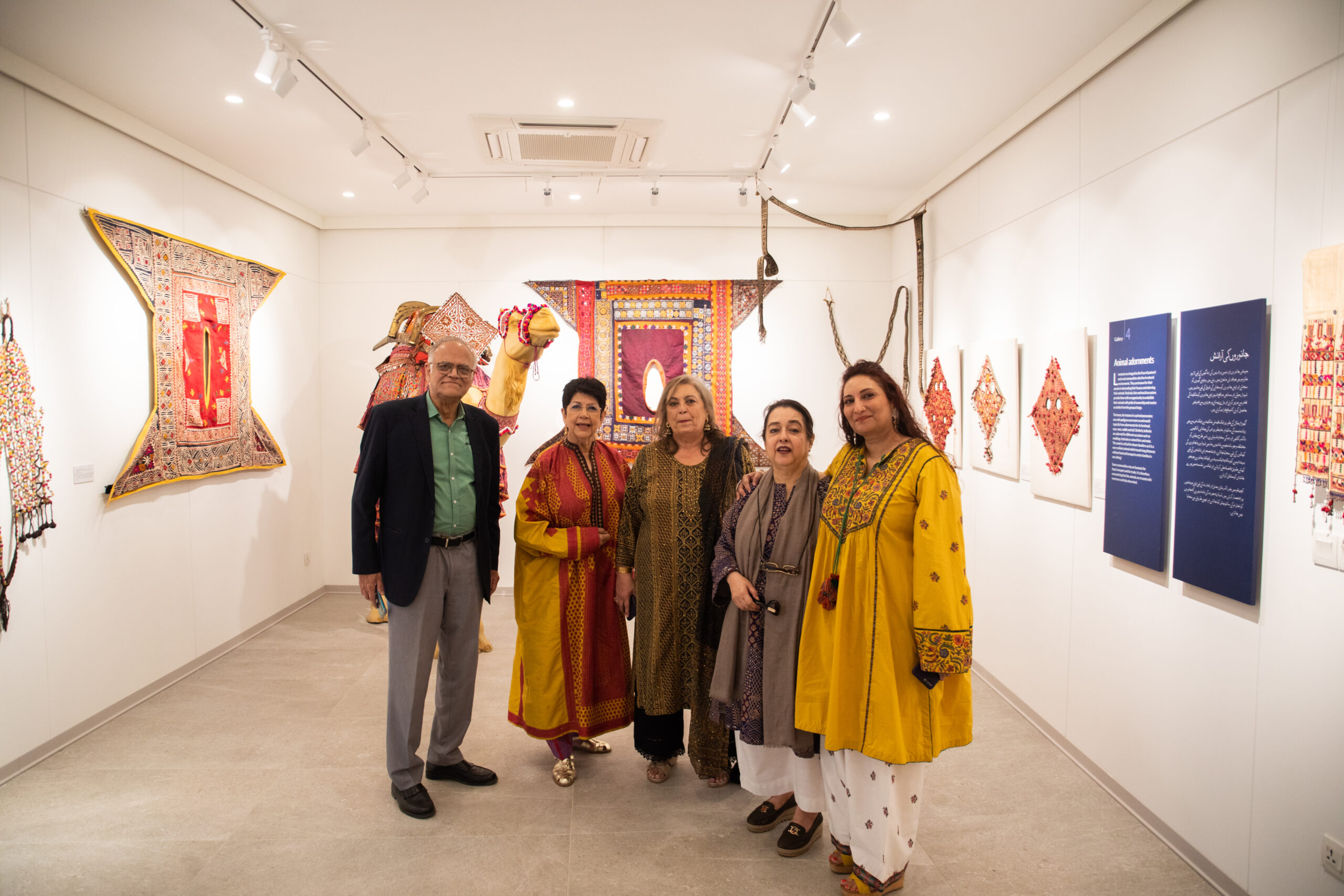Uncategorized
The Haveli – Pakistan’s First Museum of Textiles Opens its Doors

A vibrant new addition to Karachi’s cultural landscape, The Haveli, was officially inaugurated recently. This groundbreaking museum established by a private family foundation, proudly houses the internationally acclaimed textile collection of Nasreen Askari, one of Pakistan’s experts on textiles and the director and co-founder of the Mohatta Palace Museum in Karachi.
As the first museum in Pakistan dedicated exclusively to heritage textiles, The Haveli aligns with a global tradition of textile museums found in major cities worldwide. Housed in a beautiful example of modernist architecture designed by Habib Fida Ali, the museum aims to explore the fabric of Pakistan’s society through traditional textiles and share its creativity with the wider world.
The inaugural exhibition, A Coat of Many Colours, showcases approximately sixty exquisite objects that illuminate the vital contributions of minority communities to Sindh’s textile traditions. Nasreen Askari, Chairman of the family foundation, expressed her vision: “This is the culmination of a lifelong dream of mine; to be able to share with the city of my birth, the extraordinary creativity of the artisans of this region. It is not often recognised that Sindhi embroidery is amongst the most skillful in the world. I hope that our first exhibition – A Coat of Many Colours – will go some way towards demonstrating this reality.”
The Haveli welcomes visitors from Tuesdays to Sundays, 11 am to 6 pm, offering access to a serene landscaped garden, a gift shop and light refreshments.
The Haveli is a museum of heritage textiles, the first in Pakistan, which seeks to display and document the textile traditions of the country. Textiles of Pakistan have an indigenous history as well as a syncretic tradition as they combine the skills of West and Central Asia with those of South Asia. In that sense, textile weaving, dyeing and patterning are part of the very fabric of the country. The Haveli seeks to demonstrate this aspect of Pakistan.
A Coat of Many Colours, an inaugural exhibition explores forgotten narratives, challenges and perceived wisdom, shedding light on the recent past. It seeks to honour the contribution of a particular community (approximately 30 per cent of the population of Sindh in 1947) to the cultural history of Sindh.
This is the first of many exhibitions that will highlight the diversity of our society and promote the view that a variety of cultures and beliefs results in a more stable and cohesive country.
The exhibition consists of approximately sixty objects, spread over five purpose-built galleries, drawn principally from Sindh, but with some representation from Rahim Yar Khan in Punjab and Kutch in India. Most of the objects are over a hundred years old and have been copiously documented. The objects are displayed in six sectors divided by utilitarian use. Most of the objects have been both exhibited and published abroad but access to public viewing within Pakistan has been limited.
